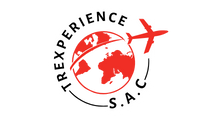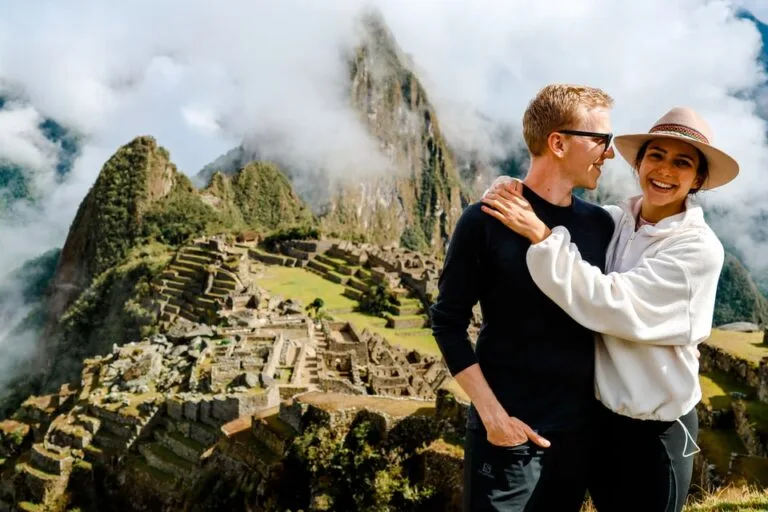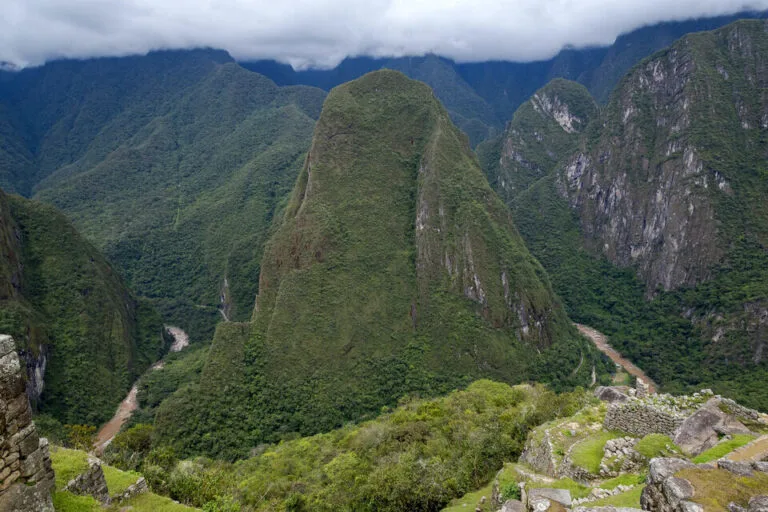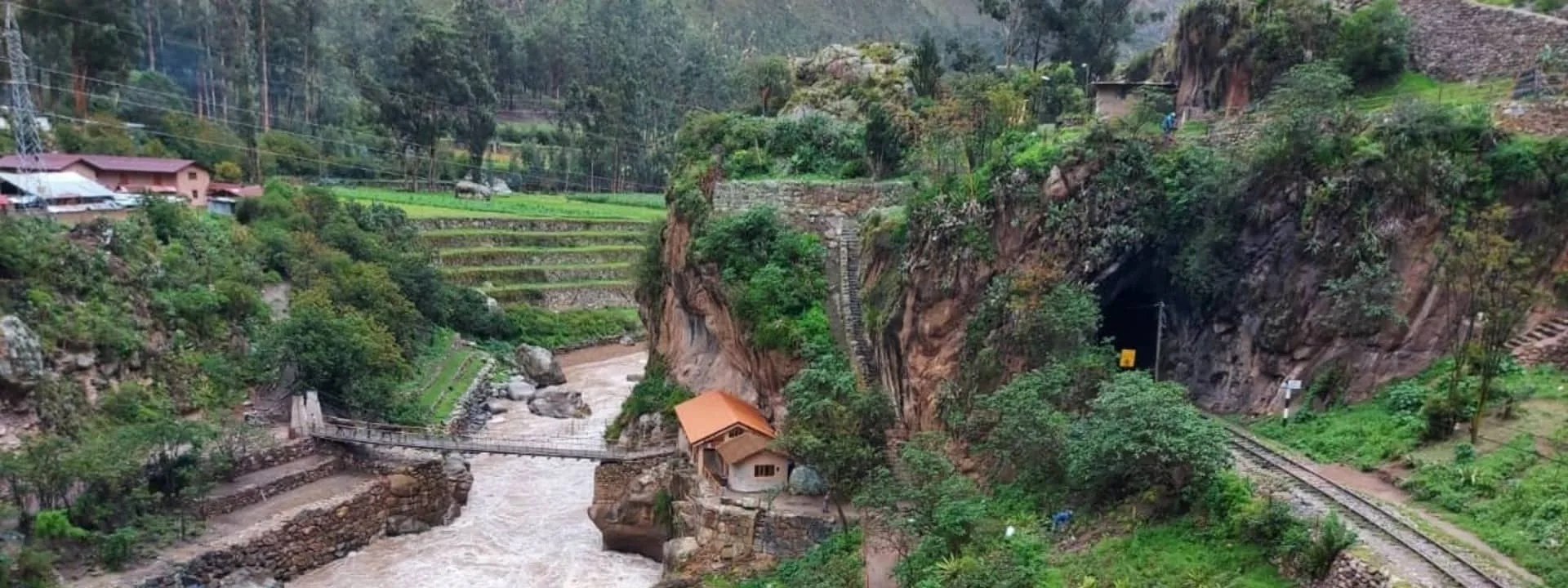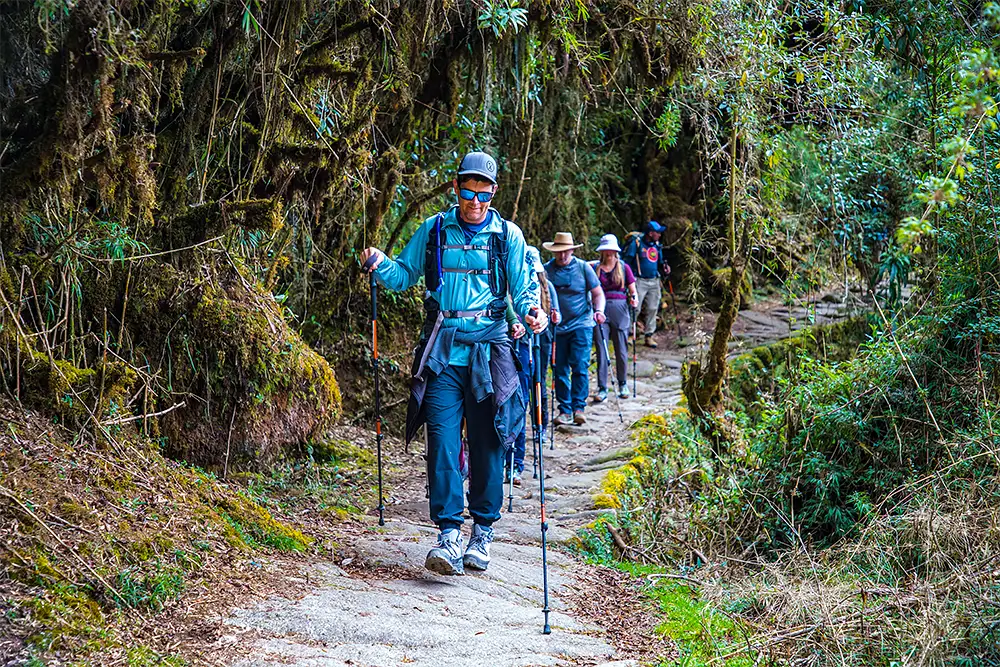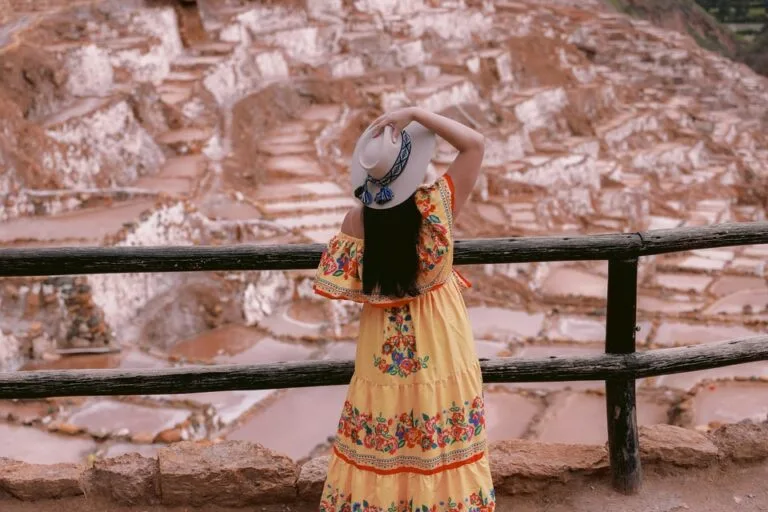Preparing the right Inca Trail packing list is a decisive part of ensuring a safe, comfortable, and rewarding trek to Machu Picchu. With changing Andean weather, strict regulations at archaeological sites, and unique logistical considerations, each item you choose to carry can make a measurable difference in your experience on the trail.
The Realities of the Inca Trail: Why the Right Packing List Matters
The Inca Trail covers roughly 43 kilometers over four days, ascending from 2,600 meters at Ollantaytambo to a peak of 4,215 meters at Warmiwañusqa (Dead Woman’s Pass) before culminating at Machu Picchu. This classic route traverses cloud forest, high altitude puna grasslands, and ancient Inca stone steps. The challenge is not just endurance but adaptation—temperatures can range from below freezing at night to over 25°C during the day in direct sun. Rain is possible any month, especially between November and March. In addition, Peruvian authorities enforce strict rules about what can be brought into Machu Picchu and along the trail. Unlike most blog lists that focus on broad gear categories or recycled backpacking advice, this guide addresses nuances such as legal requirements, porter restrictions, local hiking culture, and practical packing compromises observed on actual treks with both local and foreign guides.
Travel Documents and Permits: Essentials for Entry
Entry to the Inca Trail is regulated by Peru’s Ministry of Culture; access is limited to those with a valid permit linked to their passport. You must bring:
- Original Passport: Photocopies are not accepted at any checkpoint along the Inca Trail or at Machu Picchu’s main entrance. Passport numbers on your permit must match your current passport. If you renew your passport after booking, bring both your old and new passports.
- Machu Picchu Entry Ticket: Your licensed tour operator handles this document but verify that your information matches your passport.
- Student ID (if applicable): For students under 25 with a valid ISIC card or locally approved university ID (with photo and expiry date), a small discount is available for entry fees. Not all student cards are accepted—check current requirements directly with your operator or via the official Machu Picchu government site.
- Migration Card (TAM): This slip may be requested by hotels but is not needed on the trail itself.
Crew members often recount stories of hikers being turned away due to misplaced documents or mismatched passport numbers—double-check before leaving Cusco.
Packing the Right Backpack: Daypack vs Duffel Bag Rules
The Peruvian government limits porter loads to 7 kg per trekker (including sleeping bag and mat), so most tour companies provide a duffel bag for these items. You carry your own daypack; porters do not carry your personal backpack on the trail. For the best balance:
- Daypack: A 25-35 liter pack usually suffices for water, snacks, rain gear, camera, sunscreen, headlamp, and other items you’ll need throughout each day. Larger backpacks may not be allowed into Machu Picchu; check that yours does not exceed 40x35x20 cm (about 16x14x8 inches) when entering the sanctuary. Small external pouches are sometimes allowed if they do not increase overall volume significantly.
- Duffel Bag: Issued by most outfitters (such as Alpaca Expeditions or Llama Path), these canvas bags hold clothes and gear you do not need during the hike itself. Porters transport them campsite-to-campsite. Weigh your filled duffel before departure since overweight bags are not accepted.
If you prefer carrying everything yourself or are hiking unsupported on adjacent routes like Salkantay or Lares (where regulations differ), opt for a lightweight internal-frame backpack sized for multi-day treks (40–50 liters).
Clothing: Layering for Altitude and Weather Shifts
Dressing correctly means layering with breathable materials that dry quickly and compress easily. Avoid cotton: it retains moisture and chills rapidly when wet—problematic in altitude where hypothermia is a risk even in mild temperatures once sweat dries. Local guides wear synthetic base layers year-round.
- Base Layers: One set each of thermal top and bottom made from merino wool or synthetic material is essential for cold nights above 3,000 meters or early morning starts—especially in June through August.
- Trekking Shirts: Three to four shirts in total—combining long-sleeve (for sun/bug protection) and short-sleeve technical fabrics. Long sleeves help guard against sunburn at high elevation where UV exposure is intense even when skies are cloudy.
- Trekking Pants & Shorts: Two pairs of quick-drying pants (convertible models work well) plus one pair of shorts or leggings. Leggings are popular among women but should be paired with robust outer layers in brushy sections of trail where mosquitoes appear after rain.
- Insulating Layer: Compact fleece jacket or down sweater for warmth at campsites; windproof shell jackets are mandatory between May–August when gusts intensify along passes like Runkurakay.
- Rain Gear: A light hardshell jacket rated waterproof (not just “water resistant”) plus rain pants. Ponchos are sometimes supplied but rarely fit well over packs; bring one only as backup.
- Headgear & Accessories: Wide-brimmed hat or cap for sun protection; wool or fleece beanie for evenings; Buffs/scarves provide dust defense during dry months.
- Socks & Underwear: Four to five pairs of moisture-wicking socks; merino blends reduce blisters on steep descents like those approaching Wiñay Wayna ruins. Sports bras recommended for comfort on steep uphill climbs.
- Gloves: Lightweight gloves suffice unless trekking in shoulder season (May/September), when insulated gloves may be justified due to sudden cold snaps overnight at higher campsites such as Pacaymayo.
Trekking Footwear: Tested Choices Over Trends
Your feet withstand rocky steps built by Inca masons centuries ago; uneven terrain dominates every kilometer from Llactapata to Intipunku (“Sun Gate”). The wrong shoe can end hikes prematurely due to blisters or rolled ankles—a recurring issue observed even among experienced trekkers overconfident with new gear straight out of the box.
- Trekking Boots: Mid-ankle waterproof boots remain standard among guides and porters alike thanks to ankle support on slick stones during rain events. The Vibram sole type offers reliable grip on slippery surfaces around Phuyupatamarca (“Town Above the Clouds”), notorious for morning dew year-round.
- Campsite Shoes: A lightweight sandal or slip-on shoe provides relief after trekking boots come off at camp—crucial since campsites may be muddy after dusk even outside rainy season.
- Socks: Multiple thin layers work better than one thick pair; swap out damp socks midday if it rains early, especially before Dead Woman’s Pass ascent where wind-chill accelerates heat loss via wet feet.
The Essentials: Sleeping Gear and Regulations
No matter how reputable your operator is, always clarify which sleeping equipment they provide versus what you must bring yourself. Most companies include tents suitable for two people but require trekkers bring their own sleeping bag (rental options are available in Cusco). Typical sleep arrangements include:
- Sleeping Bag: Three-season bags rated -5°C (23°F) suffice April–October; winter-rated (-10°C/14°F) preferred December–March due to possible cold fronts. Down bags compress smaller than synthetics but require vigilance against moisture intrusion during heavy storms.
- Sleeping Pad/Mat: Thin foam mats (“colchonetas”) are usually provided by outfitters but many hikers supplement these with self-inflating pads (Therm-a-Rest style) for added insulation against uneven ground—especially useful at Chaquicocha camp where rocks protrude despite surface grass cover.
- Pillow: Inflatable travel pillows save space while improving sleep quality compared to rolled-up jackets alone.
- Liner Sheet: Cotton or silk liners add minimal weight but markedly improve warmth and camp hygiene if using rented sleeping bags shared between groups across several months’ use.
Navigating Weather: Wet Season vs Dry Season Packing Tips
The Inca Trail remains open April through October (dry season), while November through March marks rainy season—with February entirely closed for maintenance. Conditions differ by month but also shift hour-to-hour on any given day due to microclimates shaped by mountain topography.
Packing adjustments include:
- Nights get colder June-August; extra warm clothing layers are critical above Sayacmarca camp where wind exposure intensifies cold snaps after sunset—even if daytime temperatures felt pleasant hours earlier.
- Mornings during rainy months see more fog; visibility drops quickly after dawn so headlamps become essential beyond normal nighttime use.
- Ponchos versus Rain Jackets: Locals often use heavy-duty plastic ponchos that envelop both trekker and pack as sudden storms erupt; visitors tend toward technical jackets with taped seams combined with waterproof backpack covers.
- Packing Cubes/Dry Bags: Experienced hikers double-bag electronics/valuables in lightweight dry sacs regardless of forecast—torrential downpours can saturate duffels transported by mule or porter through river crossings near Pacamayo camp.
The Unseen Details: Items Most Guides Carry But Blogs Omit
Trek leaders working year-round highlighted gear rarely listed online yet frequently loaned out mid-hike:
- Sunscreen SPF 50+ & Lip Balm SPF Rated: Sunburn occurs rapidly above cloud line—even on cloudy days—with lips especially vulnerable during windy stretches before Wiñay Wayna ruin visitations.
- Bugspray with DEET/Picaridin: The last half-day near Machu Picchu traverses humid forest where insects emerge post-rainfall; natural alternatives like citronella offer limited efficacy.
- Duct Tape/Moleskin Kit: Used locally to treat hot spots/blisters since medical-grade supplies are rarely available beyond major towns such as Ollantaytambo.
- Pocketknife/Multitool: Useful for opening food packets supplied by outfitters or minor repairs—forbidden inside Machu Picchu itself but permitted on the trail.
- Cotton Bandana/Buff Scarf: Protects face from dust kicked up by passing porters/mules—the latter especially common around bridge crossings below Wayllabamba village.
The Water Challenge: Hydration Systems That Work Along the Trail
Taps along the Inca Trail supply untreated river water; every group must purify its own supply before drinking:
- Bottle System vs Hydration Bladder: Many guides prefer basic bottles due to simplicity when filling at mixed-flow sources—hydration bladders suit those who drink small amounts frequently without removing their pack.
- Treatment Options: Iodine tablets dominate local markets due to cost-effectiveness but impart taste some foreigners dislike—UV pens (Steripen) work rapidly provided batteries function in low temperatures above Llulluchapampa camp.
Boiling remains standard in cook tents run by outfitters—but hikers carry purification tablets/drops as backup when moving independently between lunch stops.
Note that single-use plastics were banned inside Machu Picchu Historic Sanctuary since late 2018 (see regulation here – Gestión Peru news site). Opt instead for reusable bottles/flasks carried in external side pockets. - Cups/Mugs: A lightweight metal mug doubles as soup bowl during dinner service—a community practice among porters seen during group meals throughout highland campsites.
Navigational Tools: Maps, Apps, and Local Advice
The classic Inca Trail is a guided route by regulation—the law requires entry with an authorized agency since mid-200s conservation reforms (reference FAQ at IncaTrailPeru.com). Still, trekkers benefit from personal navigation tools:
- Pocket Map: Certain operators supply hand-drawn maps highlighting ruins en route; downloadable PDF maps are also distributed by regional tourist offices in Cusco’s Plaza Regocijo.
These help contextualize daily progress—many hikers compare local place names with Quechua pronunciations offered by guides (“Warmiwañusqa” translates directly as “Dead Woman’s Pass”—a detail often missed without explanation). - Trekking App: A smartphone app such as Maps.me enables offline navigation via GPS if charged nightly using power banks; pre-download waypoints as signal loss occurs past Km82 starting gate.
Always carry printed paper backups since batteries drain fast in cold temperatures between Runkurakay and Phuyupatamarca passes. - Cultural Note: Machu Picchu staff prohibit drones/GPS trackers onsite without advanced authorization—handheld units are fine along most trail sections but should remain stowed upon final approach into Intipunku gateway viewed from above “lost city.”
Areal First-Aid Kit: From Blisters to Altitude Sickness Prevention
Your outfitter carries basic first-aid supplies—including oxygen—but each trekker should carry a kit tailored to personal needs:
- Painkillers such as ibuprofen/paracetamol
- Moleskin/blister plasters; foot tape
- Sterile bandages/wound cleanser
- Loperamide/imodium tabs (diarrhea risk exists due to abrupt diet shifts)
- Sunstroke remedies: oral rehydration salts/electrolyte packs
- Coca leaves/candy: Widely used by local porters/guides for mild altitude relief—available legally throughout Cusco region
- If prescribed acetazolamide/Diamox for altitude acclimatization, consult physician about proper usage before travel
- Epinephrine injector if severe allergies exist: bee stings/frequent insect bites occur near lower-altitude campsites like Winay Wayna especially early wet season
There are no pharmacies en route past Ollantaytambo departure point—the nearest emergency station operates seasonally at Wiñay Wayna campsite staffed only by park rangers during peak months June–September.
Guides suggest reporting symptoms promptly rather than waiting until arrival at next camp—early intervention helps prevent full-blown altitude sickness requiring evacuation toward Aguas Calientes hospital facilities located two hours downstream from Machu Picchu's train station exit.
Packing List Table: Summary Reference for Trekkers
| Key Items – Inca Trail Packing List Overview | |
| Adapt quantities based on trip length/weather forecast/personal preference: | |
| Travel Documents & Money |
Original passport Machu Picchu ticket / permits Student ID card if eligible Cash soles/soles coins (tips/purchases along route) |
| Backpacks & Bags |
Daypack (25–35L) Duffel bag provided by outfitter Packing cubes/drybags/waterproof covers |
| Clothing – Layered Approach |
Thermal base layers x1–2 Wicking shirts x3–4 Quick-dry pants x2 Shorts/leggings x1 Fleece/down jacket x1 Waterproof shell/rain jacket x1 Hat/sun cap + warm beanie/buff scarf Trekking socks x4–5 + sports underwear |
| Footwear |
Waterproof hiking boots (broken-in) Camp sandals/shoes |
| Sleep System |
Sleeping bag (-5°C min) Sleeping pad/mat (+inflatable pillow optional) |
| Essentials & Hygiene |
Toothbrush/paste/soap/towel/ Sunscreen/lip balm/bug spray/toilet paper/wet wipes/ Small hand sanitizer/feminine products/shaving items/nail clippers/ Biodegradable soap preferred when washing in river campsites. |
| Food & Water Gear |
Reusable bottle/hydration bladder, Purification tablets/filters, Snacks/trail mix/chocolates, |
| Electronics/Miscellaneous |
Headlamp + batteries, Camera/cables/spare batteries, Power bank/adapters, Pocket knife/multitool, Small notebook/pen/map/app download, |
| First Aid/Personal Medications |
Plasters/band-aids/moleskin, Ibuprofen/loperamide/oral rehydration solution, Altitude medication if prescribed, |
| Optional Extras | Trekking poles (collapsible/capped tips), Gaiters, Lightweight reading book/cards, Earplugs/sleep mask, Ziplock bags/trash bag, Compact towel, Pocket Spanish phrasebook, Guidebook/history reference, Binoculars for birdwatching near Intipata terrace, Hand warmers June–August only, No single-use plastics permitted inside sanctuary since late-2018 regulations. |
Packing Mistakes Observed on Actual Treks—and How to Avoid Them
Trek leaders working multiple seasons note patterns among foreign visitors:
- Packing too much “just in case” gear leads directly to fatigue; if an item has not been used in three previous camping trips it likely will remain unused here too—except essentials like rain protection which should always be included regardless of weather forecast.
- Lack of broken-in footwear remains chief complaint reported days two-three; whether expensive brand-new boots or less costly trainers, failure occurs equally if shoes have seen little use before arrival.
- No backup purification method brought; batteries die unexpectedly above Chaquicocha camp where nights turn colder than expected outside regular dry season months.
- No whistle attached (to alert group if separated in fog); light compact whistles weigh nothing yet have proven critical during rare group splits near dense bamboo sections south of Phuyupatamarca.
- No cash carried; tipping porters/kitchen crew remains customary—small bills/Soles coins needed because there is no ATM access until after descent into Aguas Calientes village post-trek.
- No headlamp backup; dawn starts mean packing tents pre-sunrise while hands remain busy balancing mugs/bags.
- No earplugs brought; snores echo loudly beneath tent flysheets during still nights near Wiñay Wayna camp.
- Poor organization inside duffel/daypack; wet clothes mix with dry layers after unexpected downpour—packing cubes/dry bags prevent this confusion which adds discomfort after long hiking stretches.
- No local snacks acquired before departure; Cusco markets sell coca candy/quinoa bars/fresh fruit popular among porters—which supplement energy more reliably than imported “energy bars” alone.
- No written copy of emergency contacts; battery drain renders phones useless past Runkurakay pass if uncharged overnight.
- No appropriate sun hat used; sunstroke occurs equally among locals and foreigners if trekking hat forgotten—sun intensity surprises even experienced hikers above Sayacmarca terraces.
- No bandana used; dirt/dust kicked up triggers coughs among those sensitive—ascent/descent speeds vary greatly across groups.
- Lack of awareness about plastic ban inside sanctuary; Machu Picchu rangers enforce rules strictly since late-2018 banning single-use plastics within historic perimeter.
- No patience left for slowest members near Intipunku gateway; a reminder from guides: pace is communal not individual—the Andes demand humility from even experienced trekkers approaching sacred sites.
- Is it possible to rent missing equipment once I arrive in Cusco?
Yes. Most reputable agencies in Cusco rent quality sleeping bags, trekking poles (with rubber tips required), down jackets, rain ponchos, headlamps, and mats. Prices vary depending on brand and condition but equipment generally meets standards set by national park regulations. Renting locally avoids packing excess weight over flights from abroad. - I have dietary restrictions/allergies—is it safe to rely on group meals?
Most established operators ask about allergies/restrictions ahead of time during booking process so kitchen teams can plan accordingly. Vegan/gluten-free diets are regularly accommodated though some specialty items might need supplementation with snacks purchased beforehand in Cusco supermarkets where selection is broader than remote towns en route. - Are trekking poles mandatory? Do they really help?
While optional, collapsible trekking poles greatly assist on uneven stairs descending into ruins such as Phuyupatamarca or climbing Dead Woman's Pass. Local regulation requires rubber tips (“protectores”) to avoid damaging ancient stonework. Some find poles indispensable while others manage fine without—but nearly all guides use them daily regardless of fitness level. - If I forget my water filter/tablets will I find clean drinking water?
Tour companies boil large volumes daily at each meal stop using gas stoves brought along caravan routes—a practice developed out of necessity since tap sources are unreliable along trail sections beyond Llulluchapampa camp. Always confirm with guides about refill times and supplement boiled water with tablets/drops purchased beforehand as backup method if uncertain about supply logistics mid-trek. - I heard about porter welfare issues—is
Cultural Contexts and Porter Ethics Behind Packing Recommendations
The legal porter load limit aims to prevent exploitation—a reaction to abuses noted through late-20th-century tourism booms when heavy European/American-style camping kits placed unsustainable physical demands upon Quechua-speaking staff recruited from villages near Ollantaytambo/Yanahuara valleys. Today most reputable operators publish detailed packing guidelines emphasizing minimalist approaches out of respect both for local workers’ health and Andean environmental fragility.
Certain trekkers request permission to carry small gifts/treats for porters—they are best distributed via lead guide’s coordination rather than directly handed over outside communal meal settings as per custom observed along main trails.
Traditional textiles worn by porters—including handwoven chullos/beanies sold near Pisac market stalls—serve practical purposes rather than decorative effect alone: insulating heads/hands against rapid temperature drops between campsites perched above river gorges.
Bringing a few Quechua phrases learned in advance (“Sulpayki!” meaning “Thank you!”) fosters appreciation deeper than simple monetary tipping—a gesture admired by many families whose relatives continue guiding/tending campsites across generations since opening of regulated tourism routes post-197s archaeological rediscoveries.

